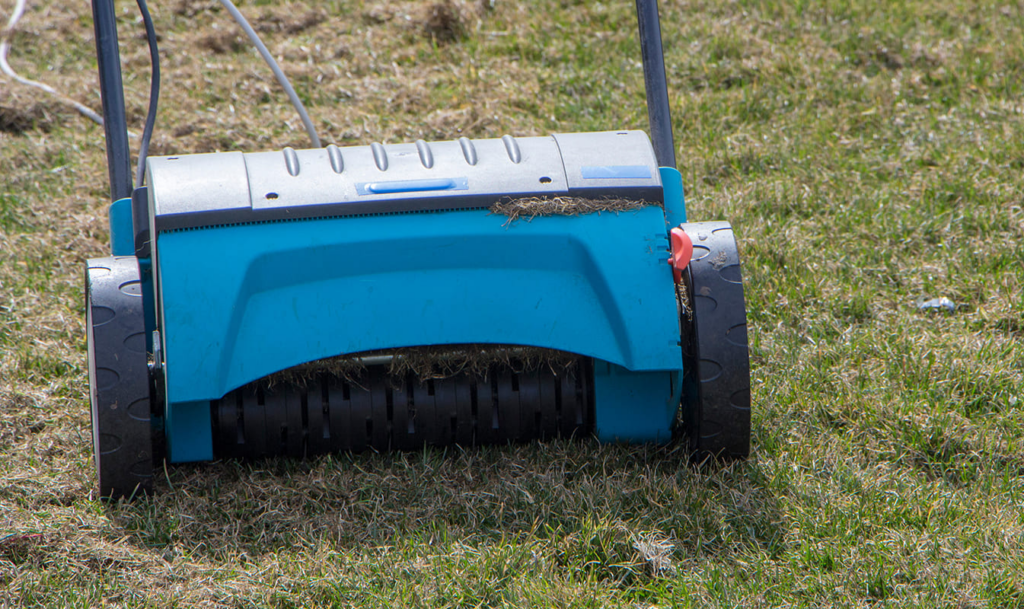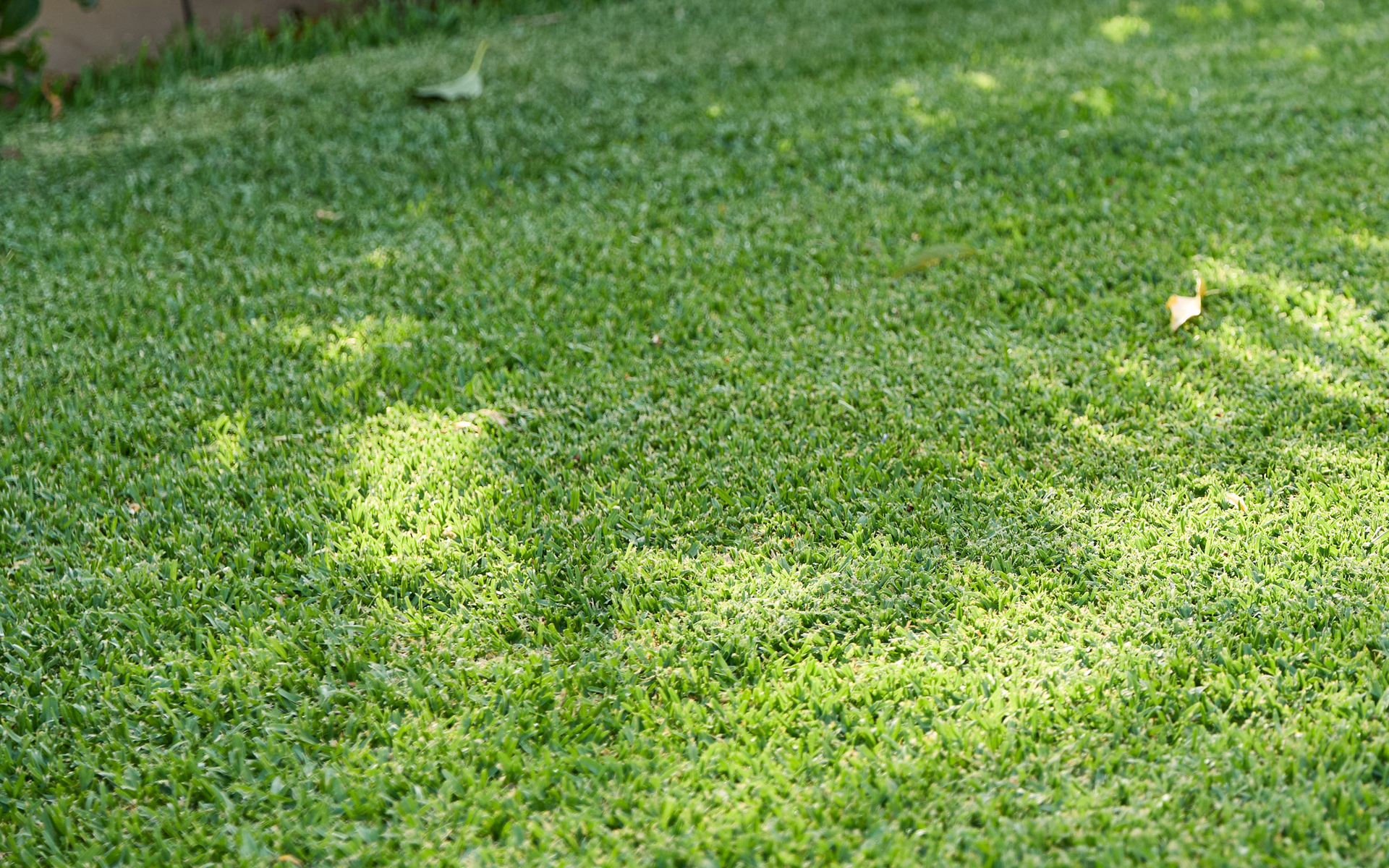Australians take pride in their lawns, and for good reason. A well-maintained lawn not only improves the aesthetic appeal of a property but also increases its value. However, the type of grass you choose for your lawn can significantly affect its upkeep, water usage, and overall health.
Selecting the right grass type is crucial, as Australian lawns experience unique environmental conditions. To that end, let’s explore how different grass types impact your lawn and provide some essential lawn care tips to help maintain a healthy and vibrant yard.
Understanding Australian Climate and Soil Conditions
Before diving into lawn care tips, it’s essential to understand the conditions that Australian lawns face. The country’s vast size means that climates vary greatly from region to region, making it important to select a grass type suited to your specific environment. Coastal areas are prone to humidity and salty air, while inland regions face arid conditions and extreme temperatures.
Soil types also vary, with some areas having sandy soils that drain quickly and others with clay soils that retain water. Grass types that thrive in Queensland’s tropical climate may struggle in the cool, temperate regions of Tasmania or Victoria. Therefore, matching the grass type to your location’s climate and soil type is the first step towards a thriving lawn.

Cool-Season vs Warm-Season Grasses
Grass types are generally divided into two categories: cool-season and warm-season varieties. Cool-season grasses are better suited to the cooler southern parts of Australia, while warm-season grasses thrive in the northern and inland regions, which experience higher temperatures year-round.
Cool-Season Grasses
Cool-season grasses, such as fescue and ryegrass, are often used in areas with colder winters. These grasses perform best during the cooler months and tend to struggle in the peak of summer when temperatures rise. While they are ideal for cooler climates, they require more water and care during the hotter months. To avoid water waste and the need for excessive maintenance, it’s crucial to understand that cool-season grasses may not be the most suitable choice for regions that experience prolonged periods of heat.
Warm-Season Grasses
Warm-season grasses, like buffalo, couch, and kikuyu, are more commonly used in Australia, as they tolerate the country’s hotter climates much better. These grasses thrive during the summer months and generally require less water and care compared to cool-season varieties. Warm-season grasses can go dormant during cooler months but will bounce back with proper lawn care tips, including watering and fertilising at the right times of the year.
Impact of Grass Types on Lawn Maintenance
The type of grass you choose will directly affect how much maintenance your lawn requires. While many Australians opt for low-maintenance varieties, it’s important to understand that every grass type will require a certain level of attention throughout the year.
Mowing Frequency
Some grass types grow more quickly than others, meaning they will require more frequent mowing. For example, kikuyu is known for its rapid growth, particularly during the warmer months, which can be a benefit if you want a quick-growing lawn, but a drawback if you’re not keen on mowing every week. On the other hand, buffalo grass tends to grow slower, meaning less frequent mowing. Knowing the growth habits of your chosen grass type can help you plan for ongoing lawn care.
Watering Needs
Water is a precious resource in Australia, and the amount of water your lawn requires is directly linked to the grass type you choose. Cool-season grasses generally need more water, especially during the hot summer months, to prevent them from going brown. Conversely, warm-season grasses, like couch and buffalo, are more drought-tolerant and can survive on minimal watering once established. Choosing a drought-tolerant grass variety can significantly reduce your water bill and lessen the environmental impact of maintaining your lawn.
Weed Control
Different grass types also respond to weeds differently. Dense, vigorous growers like kikuyu and couch can outcompete many common weeds, reducing the need for chemical weed control. However, slow-growing or less aggressive grasses may require more frequent weed treatments to keep the lawn looking its best. Regular mowing, fertilising, and applying pre-emergent herbicides are among the key lawn care tips that can help minimise weed growth, no matter which grass type you have.

Fertilising Requirements
Another key factor affected by grass type is the frequency and type of fertiliser you’ll need. For example, warm-season grasses tend to require fertilisation during their active growing periods, which is usually from spring through to early autumn. Couch and buffalo grass typically benefit from fertiliser applications around this time, helping them stay lush and green. On the other hand, cool-season grasses may need fertilising during both the autumn and spring months to stay healthy, as they have two growing seasons.
It’s also essential to understand that different grass types have varying nutrient needs. A slow-release fertiliser designed for buffalo or kikuyu will provide these grasses with the nutrients they need over an extended period without promoting excessive growth, whereas a fast-release nitrogen fertiliser may be necessary to give cool-season grasses a quick boost during their peak growing seasons.
Shade Tolerance and Grass Selection
Australia’s sunny climate means that many lawns are exposed to full sunlight for most of the day. However, if parts of your yard are shaded, it’s essential to choose a grass variety that can tolerate low-light conditions. Buffalo grass, for example, is known for its high shade tolerance and is an excellent option for areas that don’t get full sun throughout the day. Couch and kikuyu, on the other hand, prefer full sunlight and may thin out or become patchy in shaded areas.
When planting in shaded areas, lawn care tips include reducing the amount of mowing and watering, as shaded grass typically requires less water and will grow more slowly. It’s also a good idea to avoid fertilising shaded areas too heavily, as excessive nitrogen can encourage too much growth, leading to a weaker lawn overall.
Drought Resistance
With Australia’s often harsh, dry climate, choosing a drought-resistant grass type can be a game-changer for lawn health. Warm-season grasses are generally more drought-tolerant than cool-season varieties, with buffalo, couch, and kikuyu being some of the top performers in dry conditions. These grasses have deep root systems that allow them to access water stored deeper in the soil, helping them survive prolonged dry spells.
For Australians looking to reduce water consumption while maintaining a healthy lawn, selecting a drought-tolerant grass type and implementing proper lawn care tips like deep, infrequent watering can go a long way in promoting a resilient yard. When grass types are left to develop deeper root systems, they are better equipped to handle periods of drought, reducing the need for frequent watering.
Pest and Disease Management
Different grass types can also impact how susceptible your lawn is to pests and diseases. Some grasses, like buffalo, have a natural resistance to many common pests, including lawn grubs. On the other hand, couch grass can sometimes be more prone to fungal diseases, especially in humid climates. Knowing which pests and diseases your chosen grass type is vulnerable to can help you prepare preventative treatments and maintain a healthy lawn.
Regular lawn maintenance, such as mowing, aeration, and fertilisation, can prevent most pest and disease problems, regardless of the grass type. Lawn care tips to minimise pest issues include keeping the grass at the recommended height for your specific variety, avoiding overwatering, and ensuring good drainage.
Conclusion
Selecting the right grass type for your Australian lawn plays a significant role in how much time, effort, and resources you’ll need to invest in maintaining it. From mowing frequency and watering requirements to fertilising schedules and pest control, the type of grass you choose will impact every aspect of your lawn care routine.










